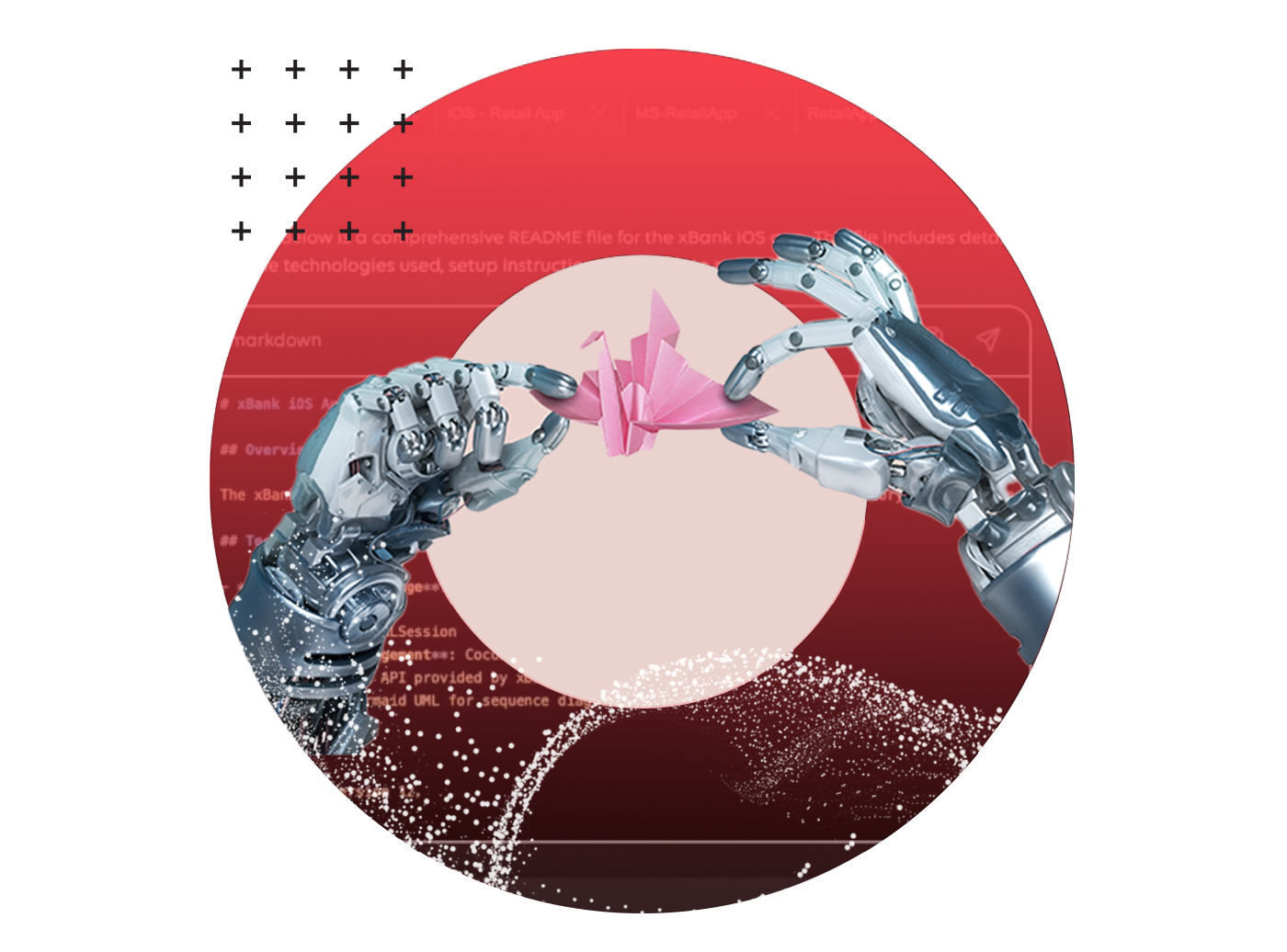What issue can we solve for you?
Type in your prompt above or try one of these suggestions
Suggested Prompt



Evolving Agile for the AI Era: Introducing the AI-Assisted Agile Manifesto
Arguably the most universal language among software developers, even surpassing programming languages, is the agile methodology, rooted in the principles of the Agile Manifesto.
The Manifesto for Agile Software Development, originally crafted to improve software development through collaboration, prioritizes flexibility, teamwork and adaptability over rigid processes. These guiding principles have since extended beyond software into fields like design and user experience, sometimes morphing into diluted or altered versions that stray from the manifesto's original intent.
As artificial intelligence (AI) becomes deeply woven into the fabric of software engineering, it’s not enough to create yet another version of agile with new buzzwords. The core principles of the Agile Manifesto must be genuinely updated to reflect the evolving landscape.
The manifesto was initially built around human collaboration. At Publicis Sapient, we recognize that the future of development requires us to collaborate not only with people but also with AI agents, tools and platforms. Success now hinges on how well we treat AI as a vital partner—not just an optional tool but a first-class teammate.
To meet this challenge, we propose an evolution: the Manifesto for AI-Assisted Agile. Our goal is to offer a framework that guides agile practices into the AI-powered future—a set of principles designed to keep pace with the rapidly changing world of software development—much like the founders intended.
What is the Manifesto for AI-Assisted Agile?
The Manifesto for AI-Assisted Agile is an evolution of the Agile Manifesto for software development assisted by AI. The original Agile Manifesto, created by a group of software developers, is as follows:
“We are uncovering better ways of developing software by doing it and helping others do it. Through this work we have come to value:
Individuals and interactions over processes and tools
Working software over comprehensive documentation
Customer collaboration over contract negotiation
Responding to change over following a plan
That is, while there is value in the items on the right, we value the items on the left more.”
We propose the Manifesto for AI-Assisted Agile, as follows:

Explaining the new Manifesto for AI-Assisted Agile
"Individual’, interactions with AI personas in the team will become more important... if we are not considering AI as a full-fledged, first-class citizen of the process, you are missing the point."
Rakesh Ravuri , CTO at Publicis Sapient

Sapient AI for Applications
Explore integrated AI solutions that combine cutting-edge technology with human expertise to deliver unmatched software development efficiency and quality.


While we are still in the early stages of AI-assisted software development, we are already figuring out ways to integrate the principles of the Manifesto for AI-Assisted Agile into our organization.
- Upskilling
- Effective tool usage
- Behavior and mindset changes

Upskilling
Actively upgrading the skills of our team members through targeted training programs, hackathons and workshops. These initiatives focus on how to effectively leverage generative AI systems like GPT models. We are teaching our teams how to fine-tune these models, as well as introducing them to the basics of data engineering and data science. This skill upgrade is crucial for enabling our workforce to maximize the potential of AI technologies.

Effective tool usage
Additionally, we are emphasizing the importance of effective tool usage. Through specialized training, our team members are learning to utilize our proprietary Slingshot tool and other AI-driven platforms like GitHub Copilot within the SDLC. These training sessions cover a wide range of generative AI-based tools that enhance DevOps processes, equipping our team to use these technologies more efficiently and effectively. Tools are becoming essential in this new approach, and our goal is to ensure our workforce is adept at using them to their fullest potential.

Behavior and mindset changes
Beyond skills and tools, we are focusing on the behavioral dimension of this transition. Adopting AI-assisted agile methodologies requires a significant mindset shift, particularly when embracing the "Triple A" approach—AI-augmented, AI-automated and AI-assisted. For example, using tools like Copilot encourages developers to adopt a polyglot mindset, as they can prompt AI to generate code in multiple programming languages. This shift encourages creativity and challenges past assumptions about what is possible. If asked to create something as sophisticated as a Google-like search box, our teams now have the confidence to explore solutions that were previously deemed impossible, blending traditional algorithms with AI capabilities to solve problems more creatively.
The future of the Manifesto for AI-Assisted Agile
The software community is encouraged to adopt and refine practices and behaviors related to the Manifesto for AI-Assisted Agile to ensure that agile practices remain relevant and effective in an AI-driven world. Embracing these principles will allow agile methodologies to evolve alongside technological advancements, maintaining their impact and usefulness in software development.
With the integration of AI, we are entering an era where the way software is developed will fundamentally change. AI technologies will enable us to create software faster, with greater variety and at a lower cost. More people will have the capability to develop software, and those with advanced skills will be able to achieve even more ambitious outcomes. This shift promises better, faster and higher-quality software, opening new possibilities for innovation and creativity in the field.
The Manifesto for AI-Assisted Agile outlines the principles that will guide the evolution of these processes. It encourages us to evaluate new tools and approaches by asking key questions, such as:
Will this tool help us respond more quickly?
Will it enable us to deliver more value to customers?
Does it contribute to the creation of explainable software that can be integrated into the development process?
By adopting these principles, we can ensure that agile practices remain adaptive, value driven and aligned with the future of AI in software development.






